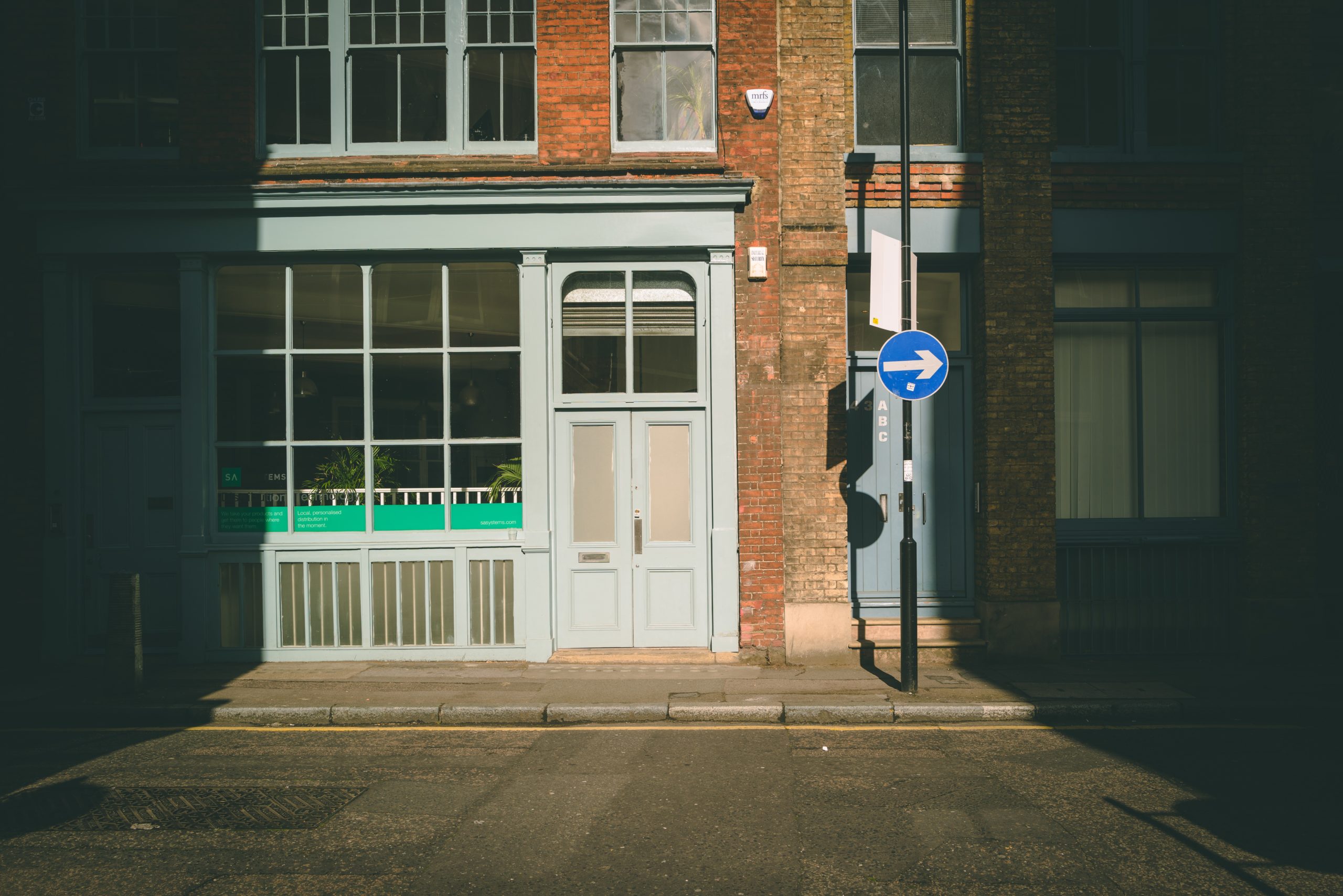August 26, 2024
Something Causes An Additional Reasons For Damp: Structure Design, Failure And Residents' Lifestyle
Why Is My Home So Damp? Damp wall surfaces are one of the most structurally harmful scenarios that can take place to a residential property, which can have large economic and health and wellness ramifications if left long enough. There are numerous other sources of dampness which often go undetected. Avoiding these will make a visible difference to the air quality in the home and will certainly stop mould growth.
Warmer Surfaces
Water soaks via the exterior wall surface, where it travels via to the indoor walls. These spots of passing through damp damages wallpaper, plaster and the walls themselves. Permeating damp is the process of moisture moving from the outside wall surface of a building to the interior. It takes place when outside wetness like wind-driven rain impacts a building's wall surface.
Contact Gain Access To Heating & Cooling Today
In most cases, however, houses and basements can be structurally audio but are often not correctly constructed to deal with water drain. Failing to slope the ground surface area away from the structure or absence of a great seamless gutter and downspout system is common. Missing out on or nonfunctioning subsurface drainage systems are also found relatively frequently. These issues can all be addressed and corrected if a systematic approach is made use of. Condensation on walls in your home is most often caused by trapped wetness or water seeping in, which can cause condensation, leakages, and poor water drainage. These problems can cause anything from a small leakage that's easily fixed to major (and expensive) water damages to your home.
How Many Times Have We Walked By Individuals, Males And Females, Lying On The Roads?
Here’s the Ideal Humidity Level for Your Home — And How to Control It - Apartment Therapy
Here’s the Ideal Humidity Level for Your Home — And How to Control It.

Posted: Fri, 03 Nov 2023 07:00:00 GMT [source]

Lots of enhance the energy e fficiency of structures however additionally hermetically secure them and retain wetness. Without it, structures can not be kept, construction aspects fail and structures can not handle individuals residing in them. These treatments are usually tough or near impossible to turn around once mounted, which can trigger irreparable damages to a traditional building. If you haven't dealt with the underlying problem, the excess wetness will still be within the building material, which will ultimately affect adjacent components of the building in some capacity. " There is a link between poor real estate and asthma, because of things like mould and damp. Around 40 per cent of occupants informed the guidance charity they have actually really felt worried as a result of wet and mould and extreme cold while 36 per cent claimed it made them really feel nervous. Yet the regulator admitted that the full picture is insufficient, meaning the figures are most likely an underestimate. Often, there is greater than one resource of moisture, which can make complex issues. In these circumstances, it is suggested that an accordingly certified RICS surveyor is engaged to evaluate the home and give clear and unbiased recommendations on suitable solutions. The key to taking care of condensation inside a structure is to maintain the building's material above the thermal humidity. The typical family members creates 12
https://s3.us-east-1.wasabisys.com/2udlbbfu4jfp72izc/party-wall-construction/structural-engineering/fencings-boundaries-next-door-neighbor-regulation-guides-at-texas-state.html to 15 litres of water daily just with normal daily tasks.
- Occupants in social real estate or gas destitution commonly underheat homes; insome, I have actually battled to record interior temperatures over 12ºC (below 15ºC damages the health and wellness of children and the elderly).
- A possible problem is that the temperature level of an exterior wall surface might not be uniform.
- This could involve getting rid of the wallpaper to learn where it's coming from, or if it looks like rising damp, installing some damp-proof flowing.
That includes tackling damp and mould or anything that could cause it such as leaks or troubles with home heating. The UK has some of the earliest and draughtiest housing stock in Europe which creates excellent conditions for wet and mould. Virtually a million households are dealing with the problem in their homes, according to the English Housing Survey. Furthermore, cellars are progressively used as finished living and bedroom spaces. In these cases, moisture issues are not only frustrating and awkward, but can result in considerable illness. Molds and mildew can grow in wet rugs and under wall coverings. Finishing a basement without first dealing with the wetness troubles can cause making health and wellness conditions even worse and lead to substantial damages too. Basement water troubles are understandable, but there is a price to doing it right. Some sorts of paint or waterproofing layer do not permit vapour permeability. In these instances, replacing with a concrete or lime based plaster is more robust as they do not get harmed so easily by liquid moisture. Concrete and lime plasters are additionally more alkaline which indicates they do not sustain mould growth, whereas gypsum is a neutral substratum and can allow mould to grow. If your home does not have an adequate air flow system, cozy, wet air can build up and trigger condensation on wall surfaces and home windows. This can develop the ideal atmosphere for mold and mildew and mildew development, in addition to wood rot and parasite infestations. This problem can become worse in winter season when people are less most likely to open windows while bathing or drying out clothing as a result of cool temperature levels.
How to treat wet walls inside DIY?


